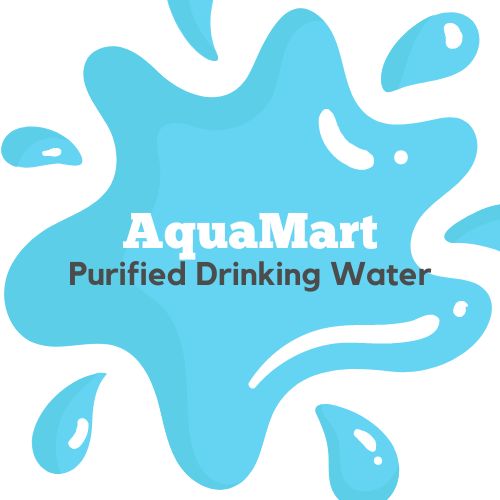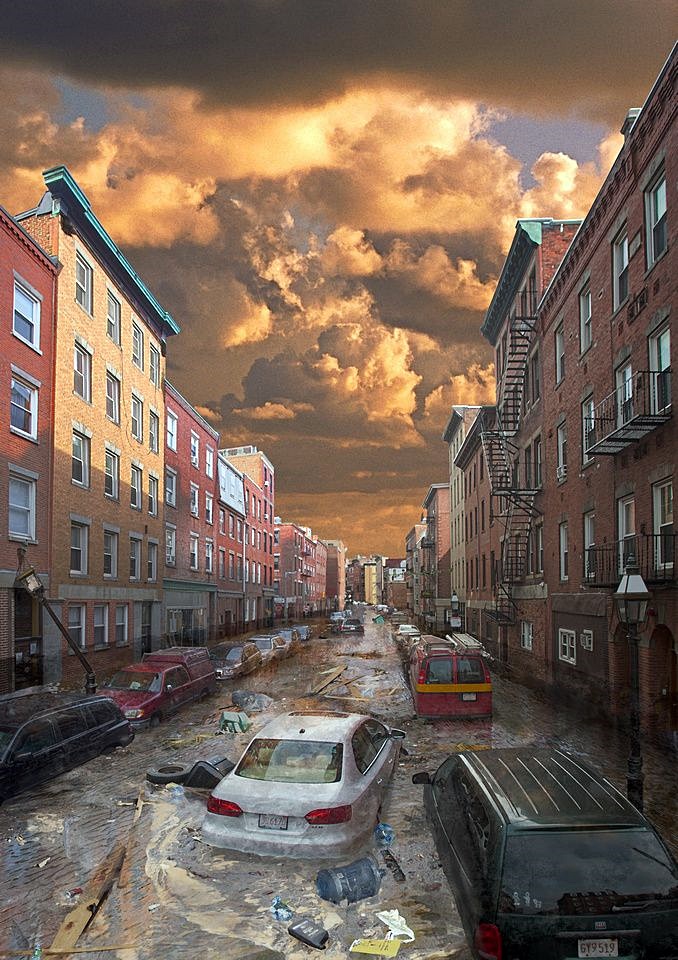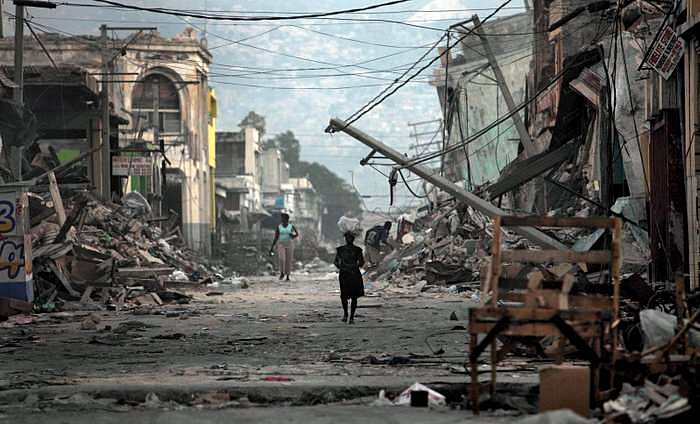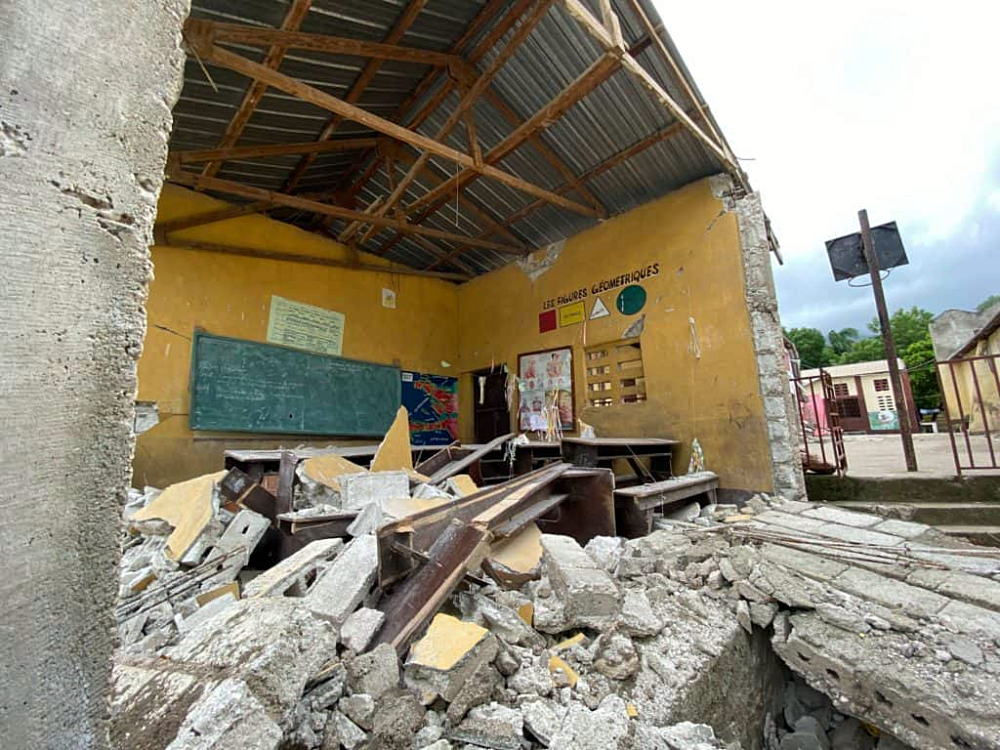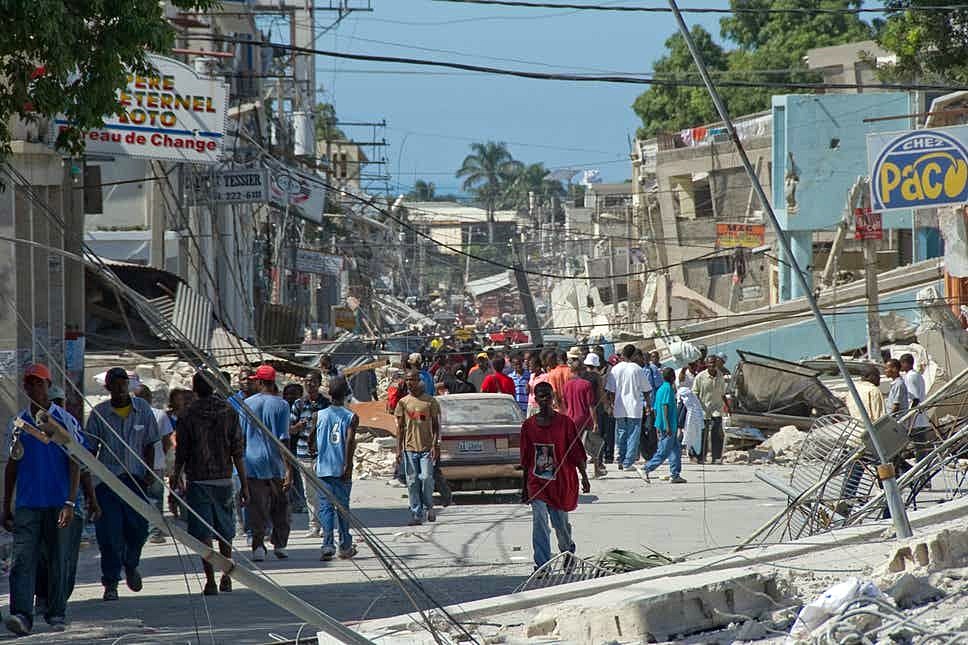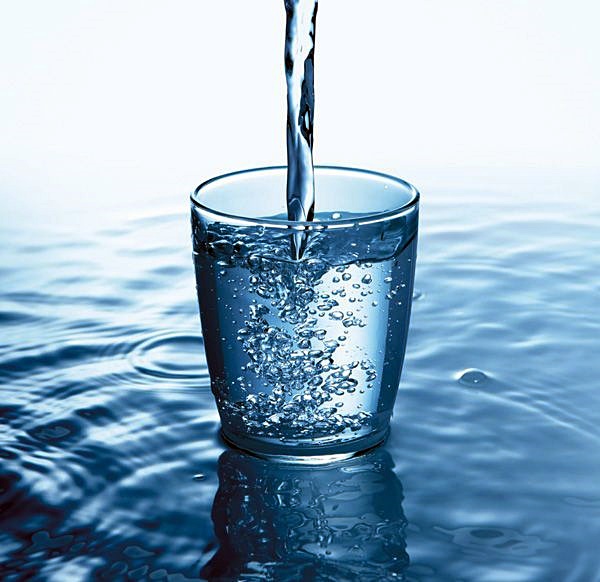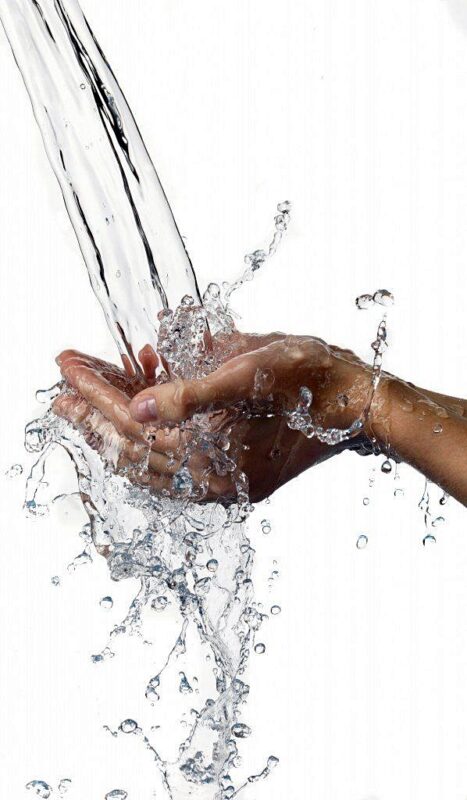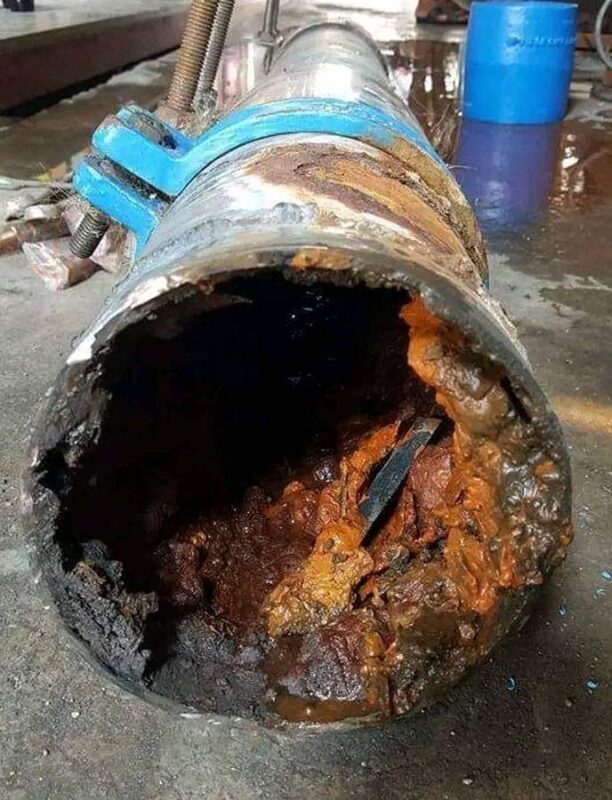Water is an essential element for human survival, and access to clean, safe drinking water is a fundamental requirement in both daily life and emergency situations. During emergencies such as natural disasters, power outages, or outdoor adventures, clean water sources can become compromised, potentially leading to the spread of waterborne diseases. Knowing how to purify water in such situations is a critical skill that can save lives. In this essay, we will explore various methods and techniques for purifying water in emergency scenarios.
Understanding the Risks
Before delving into water purification methods, it's essential to understand the risks associated with untreated water during emergencies. Water from rivers, lakes, or even tap sources may be contaminated with harmful microorganisms, chemicals, and sediments. Consuming contaminated water can lead to illnesses like diarrhea, cholera, or giardiasis, which can exacerbate the challenges of an emergency situation.
Following the devastating earthquake in Haiti in 2010, access to clean drinking water became severely limited. Many Haitians resorted to drinking water from contaminated sources like rivers and open wells. This led to a widespread cholera outbreak, with over 800,000 reported cases and approximately 9,000 deaths.
"The earthquake in Haiti reminds us all how fragile life is and how important it is to reach out and offer assistance to those in desperate need." - Bill Clinton
Emergency Water Purification Methods
Boiling:
- Boiling water is one of the most straightforward and effective methods for purifying it.
- Bring water to a rolling boil for at least one minute (or longer at higher altitudes) to kill harmful microorganisms like bacteria, viruses, and parasites.
- Boiling is effective for most water sources, but it may not remove chemical contaminants.
Filtration:
- Portable water filters equipped with fine mesh or ceramic filters can remove particles, sediments, and some microorganisms.
- Ensure that the filter is designed for the specific waterborne threats in your area.
- Regular maintenance and cleaning are essential for filter effectiveness.
Chemical Treatment:
- Chemical treatments like chlorine tablets or iodine solutions can disinfect water by killing or inactivating microorganisms.
- Follow the manufacturer's instructions for proper dosage and contact time.
- Chemical treatments may not be effective against certain chemical contaminants or parasites.
Ultraviolet (UV) Purification:
- UV purification devices use ultraviolet light to kill or deactivate microorganisms.
- These devices are effective against bacteria, viruses, and some parasites.
- Ensure the device is in good working condition and has a power source (e.g., batteries or solar) in emergencies.
Distillation:
- Distillation involves boiling water and then collecting the steam to condense it back into liquid form, leaving contaminants behind.
- This method can effectively remove minerals, heavy metals, and chemical contaminants.
- It requires a heat source and a collection system, which may not be practical in all emergency situations.
Solar Disinfection (SODIS):
- SODIS involves exposing clear plastic bottles of water to direct sunlight for several hours.
- UV radiation and heat from the sun help kill microorganisms.
- While simple and low-cost, SODIS may not work well in cloudy or cold conditions.
